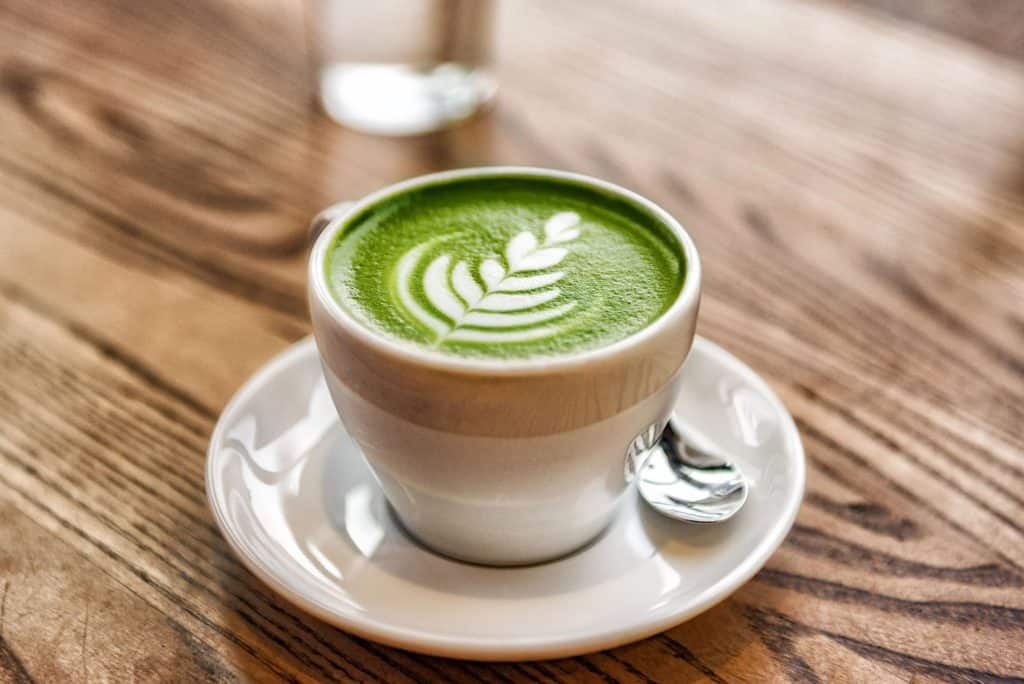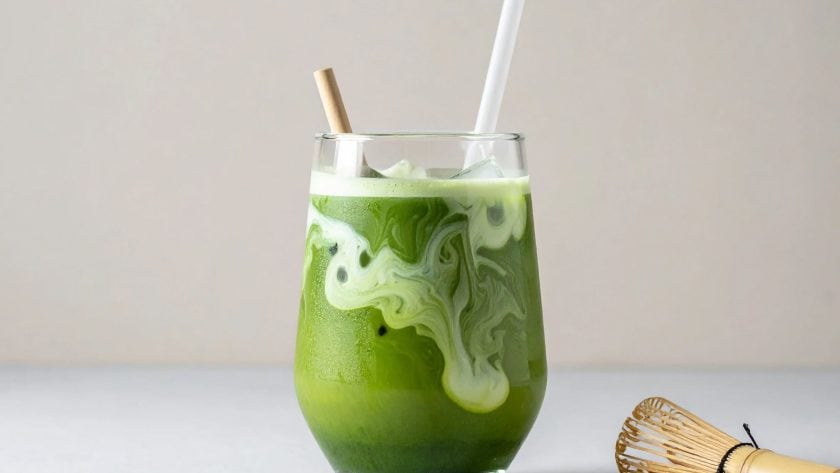Matcha tea is no longer a secret reserved for Japanese tea ceremonies. In recent years, this bright green powdered tea has become a global symbol of mindful living, healthy nutrition, and modern culinary creativity. But what makes matcha so unique, and why has it captured the attention of both wellness enthusiasts and professional chefs?
What Is Matcha?
Matcha is a finely ground powder made from specially cultivated green tea leaves. Unlike ordinary green tea, where leaves are steeped and discarded, matcha allows you to consume the whole leaf in powdered form. This means that every sip provides a concentrated source of antioxidants, caffeine, and amino acids.
The cultivation process is just as important as the taste. Tea bushes destined for matcha are shaded for several weeks before harvest, which enhances chlorophyll production and boosts levels of L-theanine. The result is a vibrant green powder with a smooth, slightly vegetal flavor that stands out from any other tea.
The Health Benefits of Matcha
The growing interest in matcha is closely tied to its health profile. Scientists have highlighted its exceptionally high levels of catechins, particularly EGCG (epigallocatechin gallate), which act as powerful antioxidants. These compounds support the body in neutralising free radicals, contributing to overall wellbeing.
Another key advantage is the unique combination of caffeine and L-theanine. Unlike the sudden energy spike of coffee, matcha delivers a calmer, more sustained boost. Many people describe the effect as “alert relaxation” – increased focus without the jittery side effects. For students, professionals, or anyone managing long workdays, this balance is one of matcha’s greatest strengths.
Matcha Beyond the Cup
While traditional matcha preparation – whisking the powder with hot water using a bamboo whisk – remains iconic, modern kitchens have expanded its role. Today, matcha finds its way into smoothies, energy balls, cakes, and even savoury recipes. Its versatility, paired with its nutritional value, makes it a staple ingredient for those who like to experiment with food while staying health-conscious.

Cultural Roots and Global Popularity
The origins of matcha lie in Japanese tea ceremonies, where it symbolised harmony, respect, and mindfulness. Drinking tea was never just about taste; it was a ritual that reflected aesthetics and philosophy.
In modern culture, matcha has travelled far beyond its ceremonial roots. Specialty cafés across Europe and North America feature matcha lattes alongside espresso, while chefs highlight it in desserts for both its taste and striking colour. Quality, however, remains key. Ceremonial-grade matcha, designed for drinking, offers a smoother and more refined experience compared to culinary grades used in cooking. For anyone seeking authentic, high-quality matcha, trusted sources such as moyamatcha.co.uk provide a clear starting point.
Conclusion – A Green Choice for Mindful Living
Matcha represents much more than just a beverage. It combines centuries of Japanese tradition with modern health trends and culinary innovation. From its powerful antioxidants to its calming yet energising effect, matcha stands out as a unique choice for those seeking balance in their daily lives.
Whether enjoyed in a traditional bowl, blended into a morning smoothie, or baked into a dessert, matcha continues to inspire new ways of bringing colour, flavour, and wellbeing to the table.
